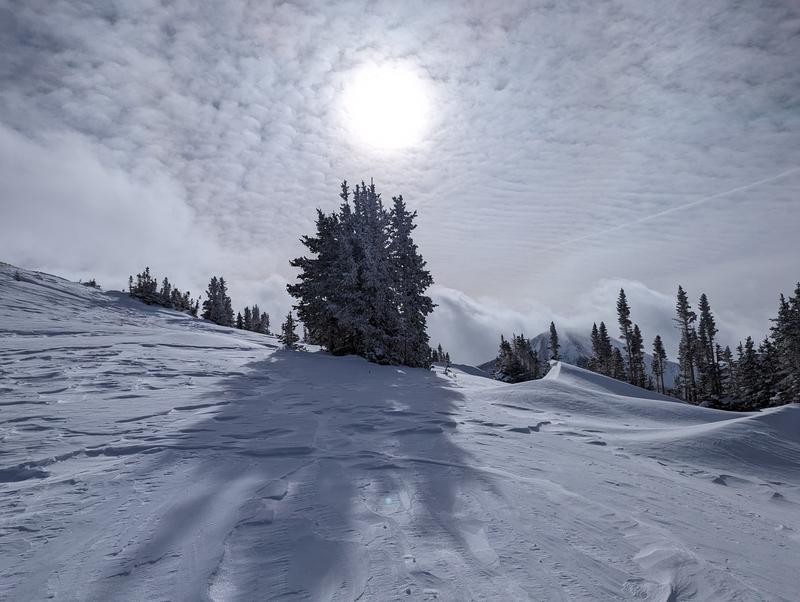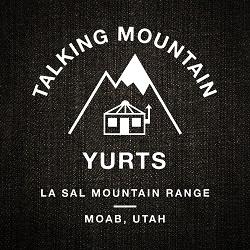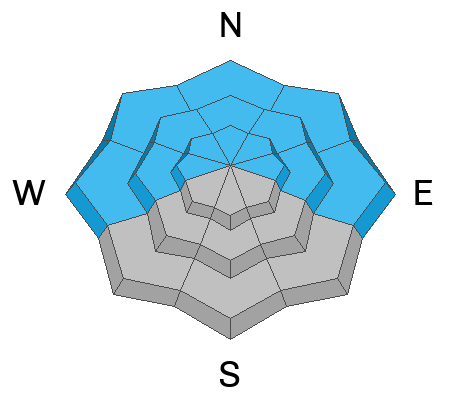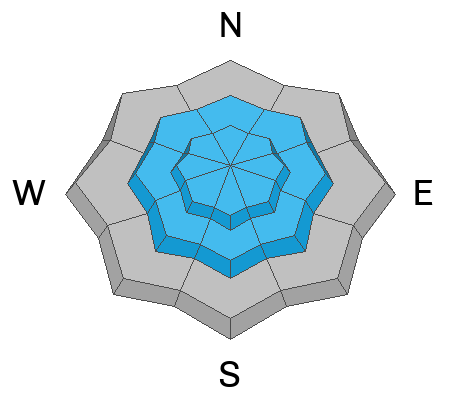Forecast for the Moab Area Mountains

Issued by Eric Trenbeath on
Sunday morning, January 14, 2024
Sunday morning, January 14, 2024
A CONSIDERABLE avalanche danger exists on all aspects near treeline and above.
On steep slopes facing W-N-E, up to 3' of accumulated snowfall and strong winds over the past week have built dangerous slabs over a widespread persistent weak layer, and deep and dangerous human triggered avalanches are likely.
On southerly aspects, strong northerly winds have built unstable slabs of wind drifted snow on top of weak sugary snow. Slopes steeper than 30 degrees that have recent deposits of wind drifted snow should be avoided.
A MODERATE danger exists on all aspects below treeline and human triggered avalanches are possible.
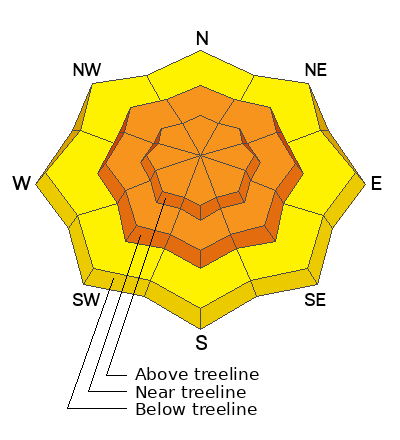
Low
Moderate
Considerable
High
Extreme
Learn how to read the forecast here



